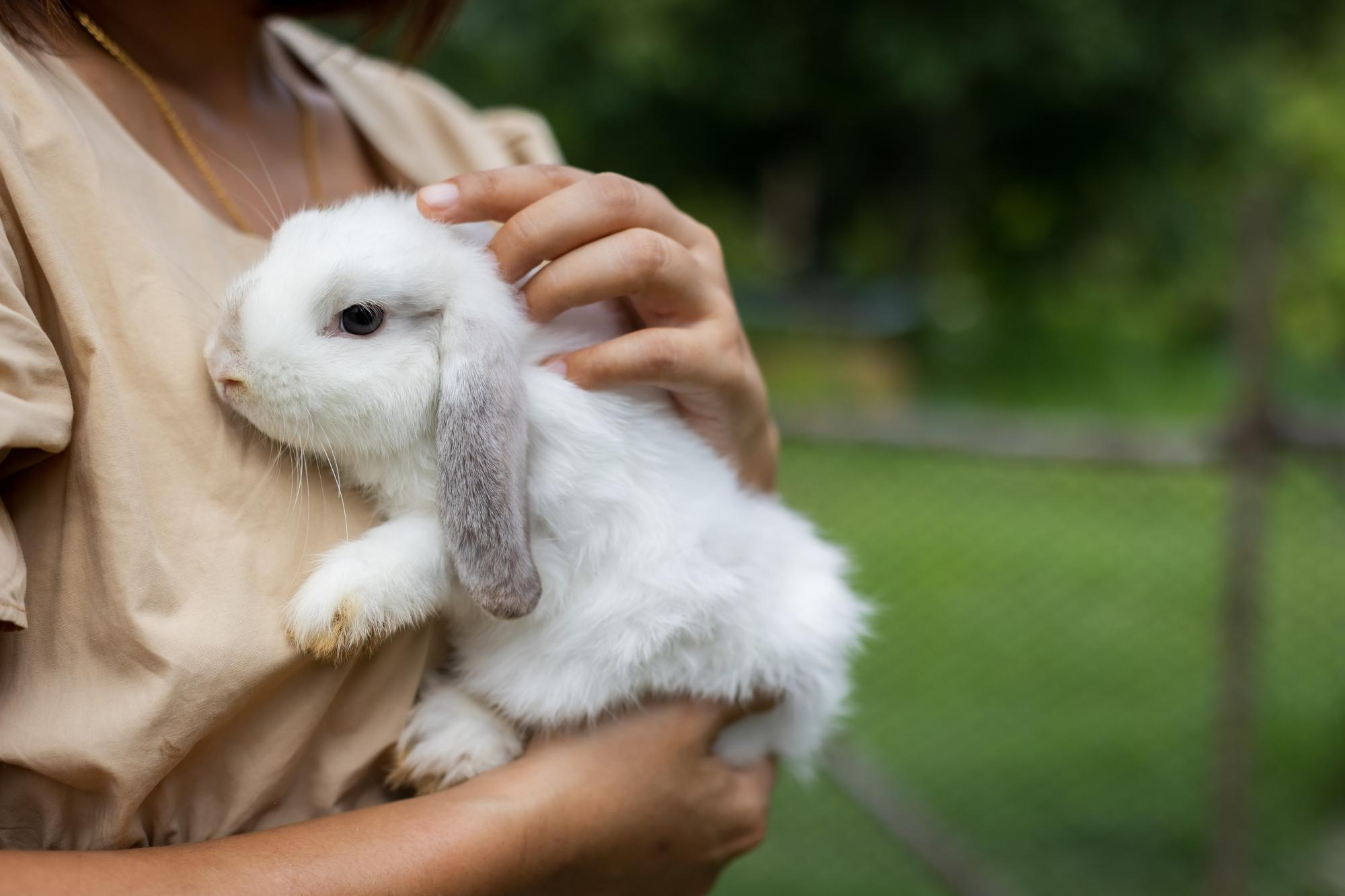First of all, congratulations on becoming a new kitten parent! However, there is a lot that needs to be done other than providing the new kitty with lots of cuddles and playtime. There is new food to get for the kitten, new toys to provide so he or she doesn’t get bored, a new litter box to be set up…and a new veterinary appointment to book.
There is nothing to be nervous about on your part, but that may not mean the same for your kitten! They are likely still trying to adjust to all of the new sights and smells you are exposing them to on a daily basis. From a kitten’s point of view, meeting the vet can be a scary thing! However, there are ways in which you can make their first veterinary appointment a smooth one. Here are some tips.
Making the Appointment
Depending on when you adopted your new kitten, you need to bring them in to see a veterinarian within 48 hours of adoption. The standard age a kitten should be brought in is between 8 and 12 weeks old.
Though the 48 hour timeline is the usual recommended time to bring a new kitten in to the veterinary clinic, you should bring your kitten to the vet sooner if they seem ill. Signs of illness you should look out for include the following:
- Watery eyes or tear ducts
- Sneezing
- Loss of appetite
- Breathing problems
Making the appointment is easy: pick up the phone and call the vet! Your new cat’s veterinarian may ask you some questions prior to the appointment.
You will also need to provide paperwork detailing your kitten’s medical history. Kittens from animal shelters can be released after 8 weeks and it’s very likely they will already have received their first round of vaccinations. The shelter will tell you if your vet needs to provide your new kitten with a booster shot.
Before the Appointment
Before bringing your new kitten to the veterinary clinic, you need to make sure you have a secure, appropriately sized cat carrier in which your kitten can travel. Your kitten may not like the carrier at first, so you need to get them used to it. The carrier should also be big enough for when your kitten becomes fully grown.
Place the carrier on the floor and leave the door open so the kitten can sniff inside and walk in and out of it. It wouldn’t hurt to place down a small blanket or even treats inside of the carrier! That way, the kitten will associate it with something pleasant rather than fearful. Depending on the kitten itself, it may or may not even choose to sleep inside (this would be a great thing to happen! Again, you want to make sure its mode of transportation is pleasant).
Once the kitten is used to the carrier, try closing the door behind them. Then when they’re inside, lift and move the carrier into another room before letting them out and give them a treat. Repeat this until the kitten is used to the motion. Take short trips in the car with the carrier, followed by a treat so that, again, the kitten will not grow to hate their carrier.
When it’s time to leave and go to the vet clinic, talk to your kitten soothingly when they need to go into the carrier. Never raise your voice or get angry with the kitten if they still don’t like the carrier; some cats never get used to it despite our best efforts. When the kitten is inside, add a few more treats and keep talking to them as soothingly as possible before, during, and after traveling to the vet.
During the Appointment
Allow your kitten to explore the exam room when you bring them in for their appointment so that they get used to the strange, new smells and surroundings. Let them look around until it’s time for your vet to properly examine kitty.
A physical examination of the kitten should be expected at every veterinary appointment. Your vet will check the kitten’s ears for mites, their eyes for watering or crusty areas around their eyelids, and their mouth, teeth, and tongue for oral problems. They will also listen to their heartbeat to check for any murmurs and gently palpate their stomach for abnormalities. Your vet will need to take your kitten’s temperature rectally to ensure they don’t have a fever or underlying problem as well. Allow your kitten to walk around so your vet can make sure their joints and muscles are normal and that there’s nothing wrong with your kitten’s knees or mobility.
A fecal examination may be performed to ensure there are no parasites such as roundworms, hookworms or tapeworms living inside your kitten’s body; depending on their previous environment your vet may ask you to bring in a stool sample. Your kitten’s vet will also comb through their fur to ensure no fleas or eggs are present on your kitten.
If your new kitten was not spayed or neutered prior to their first veterinary appointment, now is the time to bring it up. Spaying or neutering cats is helpful in preventing them from contributing to the over population of cats. It will also discourage certain behaviours such as spraying if done at the correct time. A follow-up appointment may be required if your new kitten is in fact not spayed or neutered; again, talk to your veterinarian about this.
Vaccinations for your kitten will be provided usually when they are around 8 weeks of age, with boosters at ages 12 and 16 weeks. Feline distemper (FVRCPC) is a typical vaccination for your kitten to receive during their first veterinary appointment. Your veterinarian will discuss with you if it’s necessary to provide vaccinations against FELV (feline leukemia) and rabies based on your kitten’s new lifestyle.
After the Appointment
Never hesitate to ask your vet any questions that were not covered during the appointment! The more they know about your kitten, the better they can help them lead a happy and healthy life.
If your kitten is given a clean bill of health from your vet and their required vaccines are all up to date, you’ll be advised to do a follow-up exam next year and then be sent home.
Once the kitten is brought back into your home, be sure to give them cuddles, treats, and playtime! Enjoy being with your new kitten!
Creative Commons Attribution: Permission is granted to repost this article in its entirety with credit to Hastings Veterinary Hospital and a clickable link back to this page.






